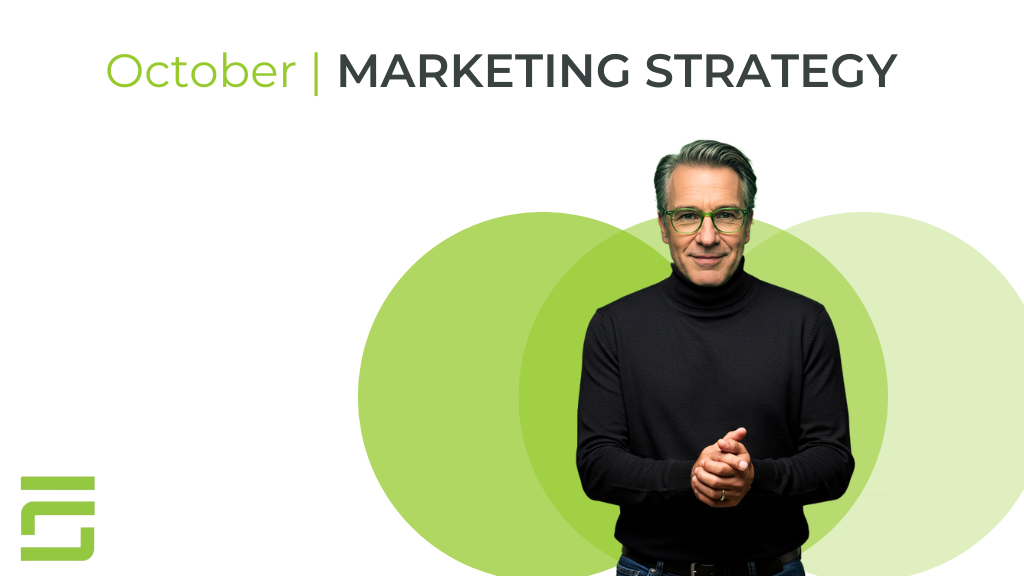
In April of 2005, YouTube co-founder Jawed Karim posted the site’s first video, “Me at the zoo”; today, YouTube attracts 30 million daily visitors, who generate 5 billion views. Even with these already mind-boggling numbers, YouTube continues to grow, thanks in large part to the “smartphone age,” which makes watching videos more convenient and accessible than ever.
But what makes online videos so popular to begin with?
One benefit of videos — particularly YouTube videos — is that they are easily shared across platforms and networks. You can publish a video on YouTube, share it on Facebook, embed it in a blog post, and e-mail it to a family member, without any need to install extra software, download an app, or log in to an account. You can watch the same video on a smartphone, tablet, computer, or TV, and virtually all “smart” entertainment devices and modern gaming consoles come with a YouTube app built-in.
But perhaps more importantly, people just like videos! Unlike traditional broadcast or cable TV, users can easily find the content they enjoy, watch it whenever they’d like and easily access previous episodes or similar videos. While most videos on YouTube focus on entertainment and music, you can also find countless educational resources and instructional videos for a subject of interest or project on your to-do list.
Long story short, most users these days expect to find video content about whatever subject they’re interested in. Purchasing a car? Check out some video reviews of different makes and models. Need ideas for dinner? There are countless YouTube cooking shows and video recipes. Searching “tips for landscaping your yard” on YouTube returned nearly 250,000 results!
This expectation of “if it exists, there’s a video about it” has a significant effect on online sales. Up to 90% of consumers say that the ability to watch a video about a product informs their purchase — and 74% will ultimately purchase the product seen in the video. Considering that the recommended length for a product demonstration video is 2 minutes or less, you’d be hard-press to find a more efficient sales tool.
Of course, not all videos are created equal, and low-quality videos can actually hurt your sales rather than boost them. For many business owners, the concern over the cost of high-quality video content versus the risk of low-quality video content is what scares them away from video marketing altogether.
At Faster Solutions, we regularly work with third-party videography services to help our clients find that perfect balance of quality and price, as well as offering assistance with creating and managing YouTube channels and content. Don’t get left behind on the video marketing bandwagon — Find out what we can do for you!





